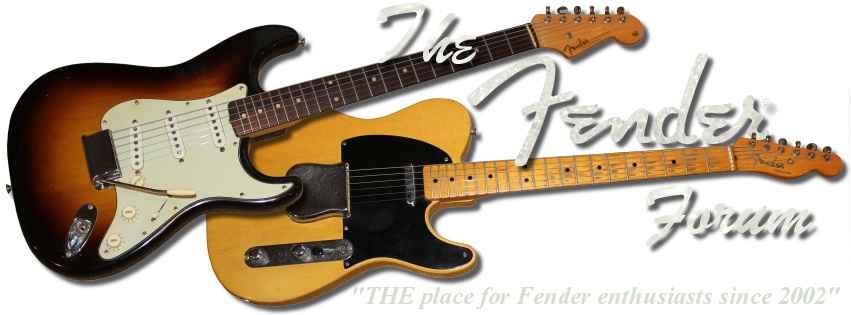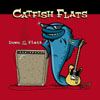> Bongolation, just a word for the wise. This board it FILLED with
> LPFers, a.k.a. anal vintage homos, and talking down about '50s
> LPs is deffinately one of the seven deadly sins. Just so you
> know...
Doesn't matter. I can take it. I've bought, sold, played, brokered and invested in them since around '67. I did it for a living for years. I don't think there's any nonsense I haven't already heard, so I won't be surprised.
Vintage Fenders are primarily fetishes and totems. Sometimes they're OK players, but usually they're just status objects. Even if they are decent players, they're too valuable to play anyway if they're originals. If they're not originals, they're just piles of parts.



 Reply With Quote
Reply With Quote






